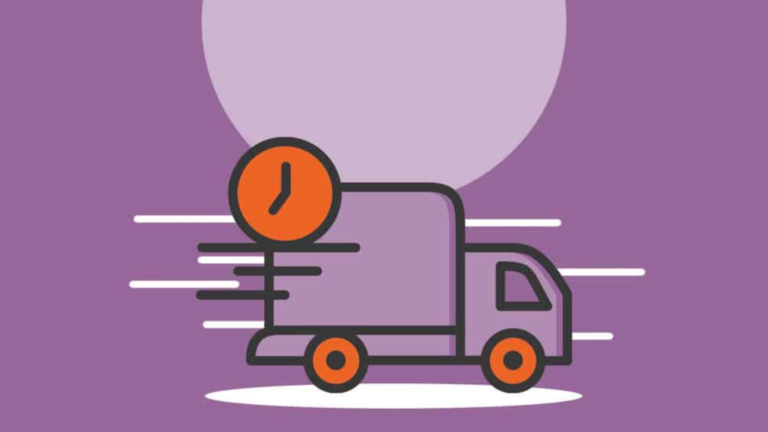It’s crucial to keep up with the latest developments in the ever-changing field of telecommunications technology. The imminent decommissioning of 3G networks is one noteworthy event that lies ahead. This shift raises concerns about its effects on customers even as it promises improvements in connection. Let’s examine the specifics of the 3G outage and how you could be impacted.
What is the 3G Shutdown and How Will it Impact You? Share on X

1. The Phasing Out of 3G:
In keeping with the evolution of faster and more efficient technologies like 4G and 5G, the telecom sector is now moving away from 3G networks. Major carriers have announced plans to decommission their current 3G infrastructure and redirect resources toward the development and enhancement of newer networks. 3G services will be withdrawn and spectrum reallocated to make room for more advanced technologies in order to complete this phase-out. This decision signifies a significant shift in the telecom infrastructure environment since 3G has been a cornerstone of mobile connections for over 20 years. To make way for wireless communication in the future, the industry is striving to retire outdated infrastructure. The emergence of more trustworthy and speedier alternatives has prompted the taking of this measure.
2. Impact on Mobile Devices:
The effect of the shutdown of 3G on older mobile devices that are exclusively dependent on 3G connection is one of the main worries. Devices lacking compatibility with 4G or 5G technologies will no longer be able to connect to cellular networks as operators start to sunset their 3G networks. This implies that older tablets, smartphones, and other gadgets can stop working altogether or see a sharp decrease in performance. The shutdown of 3G offers users who are still using outdated devices a strong incentive to switch to more recent versions that function with 4G or 5G networks. In the long term, this guarantees continuous access to crucial services and a smoother mobile experience, even if it could require an upfront expenditure.
3. Impact on IoT Devices:
The Internet of Things (IoT) ecosystem is affected by the shutdown of 3G in addition to mobile devices like smartphones and tablets. 3G connection is necessary for the transmission of many Internet of Things devices, including industrial sensors, smart meters, and security systems. These devices may lose connection if 3G networks are retired by carriers, which would interrupt essential services and operations. In order to lessen the effects of the shutdown of 3G on IoT installations, enterprises need to evaluate their current infrastructure and create a strategy for upgrading to more modern technology. This might include deploying other connection options like LPWAN (Low-Power Wide-Area Network) technologies like NB-IoT or LTE-M, or it could entail updating equipment to accommodate 4G or 5G connectivity.
4. Rural Connectivity Challenges:
While most metropolitan areas have made the switch to 4G and 5G networks, there may be difficulties in rural areas during the 3G outage. 3G networks continue to be the major source of connection in many rural regions, offering necessary services like phone calls and rudimentary internet access. The dismantling of 3G infrastructure in these regions may widen already-existing gaps in connection, undeserving or disconnecting populations. To tackle the issues related to rural connections, legislators, carriers, and technology suppliers must work together. The goal of programs like the Rural Digital Opportunity Fund offered by the Federal Communications Commission (FCC) is to increase broadband availability in underserved regions, which includes rural populations impacted by the 3G shutdown.
5. Preparing for the Transition:
Companies and consumers must be ready to switch to newer networks as the 3G sunset draws near. This involves determining if current infrastructure and devices are compatible with 4G or 5G technology. To prevent service interruptions, customers should update to newer smartphones or mobile devices that enable 4G or 5G connection. Companies that depend on IoT installations must thoroughly examine all of their connected devices and requirements. This entails determining whether devices need to be upgraded or have other connection options, as well as creating a migration strategy to guarantee business continuity.
Conclusion:
The discontinuation of 3G signals the start of a new age of connection and is a noteworthy turning point in the development of telecommunications technology. Although this shift has many advantages, like quicker speeds and more capabilities, it also has drawbacks for both consumers and organizations. By being aware of the ramifications of the shutdown of 3G and making appropriate preparations, you can seamlessly negotiate the transition and take advantage of the potential presented by next-generation networks.
Recommended Read:
FUTURE OF SEO: 2024 WILL BE THE YEAR OF VOICE SEARCH OPTIMIZATION
USER-FRIENDLY TOOLS FOR MODERNIZING YOUR BUSINESS IN 2024
HOW TO INCORPORATE CUSTOM POWERPOINT TEMPLATES INTO YOUR PRESENTATION




